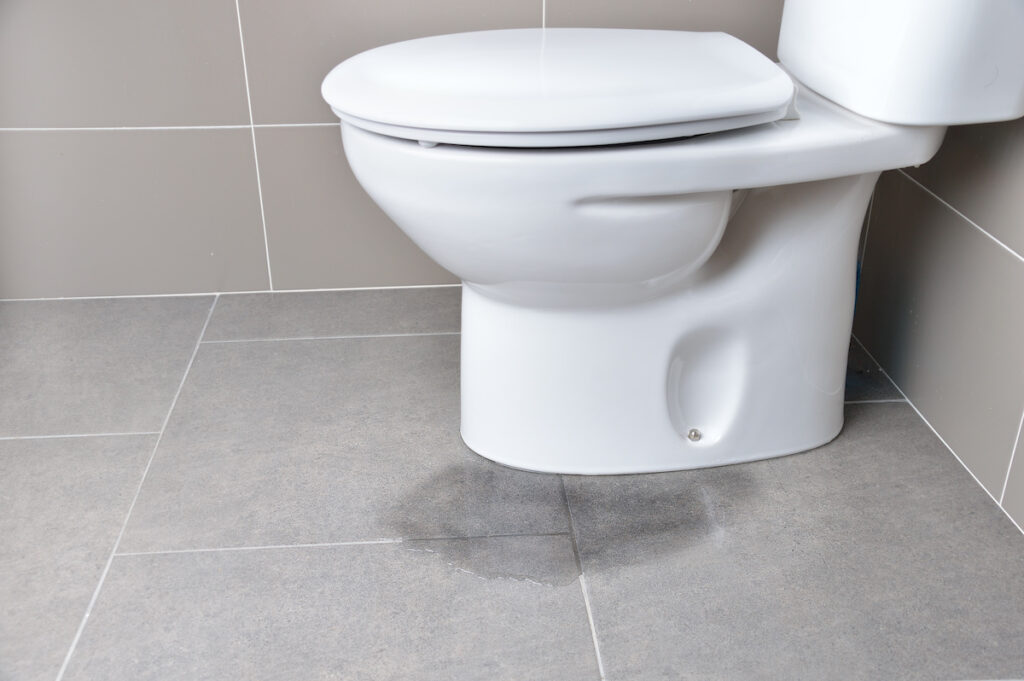Just how to Prevent a Water Damaged Bathroom
Just how to Prevent a Water Damaged Bathroom
Blog Article
Each person will have their own theory involving Preventing Water Damage in the Bathroom.

The restroom is very vulnerable for moist build-up and also potential water damage as a result of the frequent use of water in it. This short article uses easy examination strategies to help discovering water damage dangers.
The constant use of water in the restroom makes it very prone for wet accumulation and prospective water damages. By checking it regularly, you can lower water related damages.
The following set of evaluations is simple to do as well as must be done as soon as in every 3 months in order to keep your shower room in good shape as well as to stop potential water problems caused by the tub, the shower, pipeline joints and plumbing, sinks, closets, and the bathroom
Do not neglect performing these assessments and be complete while performing them. Remember that these easy examinations can save you a great deal of money by supplying very early indicators for water damages
Bathtub as well as Shower
The shower and tub call for special interest and maintenance. Examine the tiles as well as change if broken. Make certain that there is no missing out on grout between the floor tiles. Inspect as well as change cracked caulking at joints where the walls fulfill the floor or the tub. Obstructed drains pipes and pipelines troubles will stop the bath tub from drying and might show serious issues underneath the bath tub. Consult with a professional promptly to stop architectural damage. Take note of stainings or soft locations around the bathtub wall surfaces as they might show an internal leak.
Plumbing
Signs for water damage are difficult to identify since most pipes are mounted inside the walls.
Pay special focus to flooring as well as wall surfaces moisture and also stains as they may show an unnoticeable plumbing issue. Examine moisture degrees in adjacent rooms also.
Sinks and also Cabinets
Sinks and closets are exposed to wetness and also humidity everyday and are commonly overlooked. Examine consistently under the sink and on the counter top over it. Fix any drip in the trap as it might recommend drain problems. Browse the sink, slow-moving draining pipes may suggest an obstructed drainpipe. Change sink seals if they are cracked or loose.
The Bathroom
The commode is a vulnerable water junction. Inspect the water lines and also search for leakages around the commode seat, in the hose, as well as under the water container. If you detect any type of indicators of dampness on the floor around the bathroom, look for leakages in the toilet rim as well as container seals.
Be aware that hanging toilet bowl antiperspirants raises the chances for blockages.
TIPS TO PREVENT WATER DAMAGE IN THE BATHROOM
The average household uses approximately 80-100 gallons of water per person per day. For a family of 4, that's almost 2,500 gallons of water a week! The largest portion of this consumption comes from bathroom use. Flushing the toilet uses the most water, followed by taking a shower or bath. With that much water running through the home, water damage in the bathroom is bound to happen. Knowing how to spot signs of a water leak is essential to preventing long-term damage. This guide provides you with tips to reduce the impact of water damage on your bathroom.
CAUSES OF BATHROOM WATER DAMAGE
Pipe breaks are the most common cause of water damage we see in our daily jobs. The age of a pipe plays a large role in a pipe break as well as corrosion. Over time, the metal begins to break down, allowing water to escape. Frozen pipe breaks are also a concern in the winter months. Toilet overflows caused by paper products or children flushing inappropriate items. Degraded caulking around the toilet or bathtub can allow water seepage, sometimes behind the fixture, into the subfloor or walls. Condensation forms when the water in a pipe is cooler than the air temperature. Beads of water form on the exterior of the pipes, sometimes so much so that the water begins to drip and pool below. Sink or shower backups created by poor drainage. HOW TO PREVENT WATER DAMAGE IN YOUR BATHROOM
Inspect your toilet supply line for worn or frayed hoses and replace them as needed. Winterize your plumbing to prevent a frozen pipe break. Use vent fans to prevent condensation that can lead to mold growth. Routinely check and replace degraded caulking around your toilet or bathtub. Increase the temperature in your toilet tank and insulate your pipes during the warm summer months to keep condensation from forming. Use child safety locks on the toilets. Flush only toilet paper. "Flushable" wet wipes are actually not good for your plumbing system. Additionally, feminine hygiene products should not be flushed. Prevent water from escaping the tub or shower. Make sure shower curtains are in good condition. Inspect shower doors and replace the seal strip if necessary. Wipe up any water that accumulates on the floor and use bath mats. Water left to sit can cause damage to the tiles and flooring. Refrain from using bath products containing heavy oils to avoid a clogged drain.

I was made aware of that report about Looking for Signs of Water Damage in the Bathroom through a friend on our other blog. If you appreciated our article kindly don't forget to pass it around. Thanks so much for taking the time to read it.
About Report this page